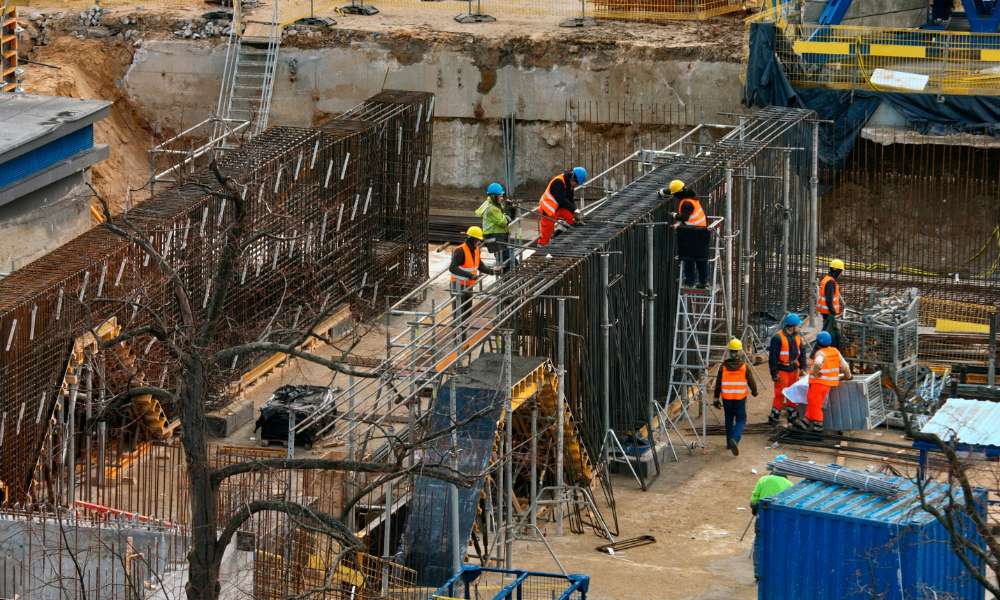There are many things to consider when building foundations for a garage, including the type of soil, how heavy your garage will be and more. The right garage foundation can protect the structure from damage, ensuring that it lasts decades with little maintenance. However, it’s easy to make mistakes that could lead to problems in the future. For that reason, it is important to understand the 7 things you need to remember when building foundations for a garage to prevent any issues from occurring.
1. Ground Preparation and Footings
The most important thing you need to do before starting any garage construction project is to ensure that the ground is level. If it’s not, you risk a faulty foundation or a garage that sinks or shifts once it’s installed.
To prevent this from happening, you need to make sure that the ground is completely level before you pour any concrete.
2. Soil Conditions and Freeze-thaw cycles
What is the soil beneath your foundation? You might not have known but the type of soil will play a big part in the decision process when choosing a type of garage foundation. If the area is susceptible to freezing and thawing, you might need to build a foundation with a spread footing that distributes the load across different areas of the garage.
3. Pier and Beam Foundations
If you live in an area with rocky soils, a pier and beam foundation may be the best option for your garage. These systems elevate the garage above the ground, allowing it to stand up to heavy rain and snow. They also create a crawl space through which you can run utility lines into your garage.
4. Concrete Slab Foundations
A concrete slab foundation is the most common and enduring garage foundation. This foundation is usually poured over a compacted subgrade, which can include gravel and sand. It can be topped with a vapor barrier and insulation, depending on your region and the plans for your garage.
5. Expansion joints
After the concrete is poured and set, it’s a good idea to install expansion joints in the slab. This provides additional crack resistance and keeps the foundation from settling. You should cut these joints into the wet concrete within the first six to 18 hours and never leave them for longer than 24 hours.
6. Soil Drainage
Another important consideration when building foundations for a garage is to install drainage in the proper places. This helps keep the ground dry and allows for easier cleaning and maintenance of your garage floor.
7. Garage Drains
Do not make one of the most common mistakes when building your garage foundations. It is amazing just how many people make the mistake of placing the drains in the wrong location. If you get this wrong, drainage water can pool in certain areas. Over time that will lead to the floor and wall getting damaged. These are not easy or cheap to repair or replace.
The Key Points
Before you even consider starting on your garage foundation, make sure you have got an opinion from people and companies that know about garage foundations. Additionally, make sure you source the best materials for your foundation from reputable suppliers. Here’s one such supplier of steel reinforcement that will be able to help you with your project.

